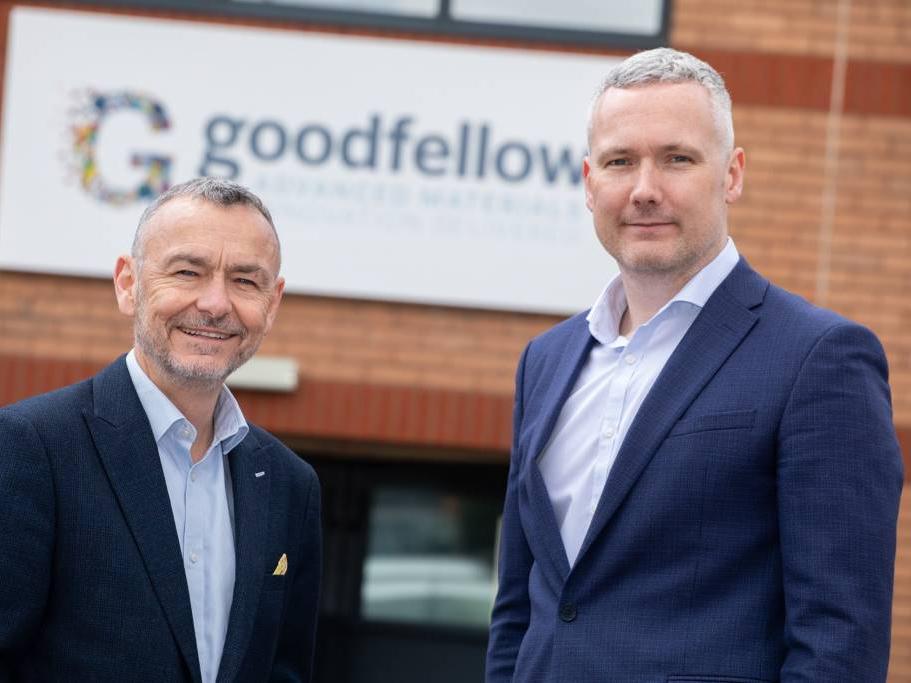Global specification language

Lesley Cain, group quality HS&E manager at Trescal discusses how the metrology world of calibration is currently experiencing important and significant changes.
Some British Standard specifications which calibration companies such as Trescal use as the basis of test for instruments and gauges, submitted for external calibration, have been withdrawn and others are planned for withdrawal in the near future.
The standards in question are:
BS1643:2008 – Specification for precision vernier and digital height gauges
Replaced with BS EN ISO 13225:2012
BS907:2008 – Specification for Plunger Dial Gauges
Replaced with BS EN ISO 463:2006
BS2795:1981 Specification for Lever Dial Gauges
Replaced with BS EN ISO 9493:2010
BS870:2008 – Specification for external micrometers
Replaced with BS EN ISO 3611:2010
BS887:2008 – Specification for precision vernier and digital callipers
Replaced with BS EN ISO 13385 Part 1:2011
BS6365:1983 – Specification for precision vernier and digital depth gauges
Replaced with BS EN ISO 13385 Part 2 : 2011
The aforementioned British Standards are being replaced with Geometrical Product Specifications (GPS). GPS is the international symbol language used to express tolerances on technical drawings. Anytime a design has to be captured and communicated, it is done using ISO-GPS. These are significantly different from the standards that they replace and will require all UKAS accredited laboratories to develop and submit for UKAS assessment new calibration procedures.
This global specification language enables a drawing of a component developed in one country to be sent to another country, where it can be understood and the component manufactured. It is an effective communications link, even when the designer and supplier do not have a common language.
In response to these market factors, the GPS language has evolved from a few self-contained documents written for craftsmen, to a large set of complex and interrelated documents written for, and by, engineers and mathematicians. While the GPS has many differences that will require new methods of calibration, the main impact of this change from the customer's perspective is that the GPS does not provide any accuracy/tolerance information for the product.
The GPS directs us that the manufacturers/customers' specification should be used as the basis of test. Some unbranded products therefore will have no technical specification to work to (this may well also apply to some economy range type products). Where no tolerance/technical specification is available then the customer will be asked to provide a technical specification to be used.
In the specification there is a guide that states the QA department (buyer/end user) should send requirements to its purchasing department, who shall then forward the specification/requirement to the supplier. The supplier should then provide the company with an instrument that is fit for purpose.
Trescal understands the implications and, in order to ensure that the transition over to the new Geometrical Product Specification is as seamless as possible, has already submitted some of the new calibration procedures to UKAS and contacted over 3,000 customers to advise them of the changes and the impact they may have on their production process.
Many of the customers contacted have expressed concern at the possible implications the changes may have on their industry. Currently instruments are calibrated to the British Standard; this means that branded and unbranded products alike are calibrated to the same tolerances and ensures that the instruments returned to use are ‘fit for purpose'.
A large number of customers have already contacted Trescal UK to discuss their options and many have asked whether they can work to the ‘old' British Standards instead of moving to the new Geometrical Product Specification.
Therefore, in the event the instrument received is part of a valid contract/tender and calibration as previous is required, Trescal UK will, if the customer agrees, put the word ‘withdrawn' on the calibration certificate after the particular British Standard concerned. Instruments, not previously seen will be rejected and the customer contacted.
Trescal
www.trescal.com














